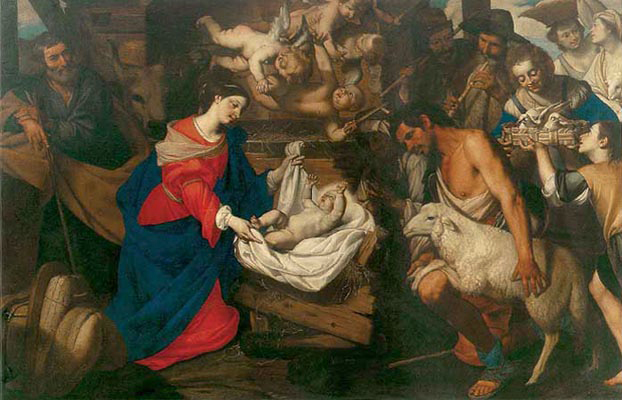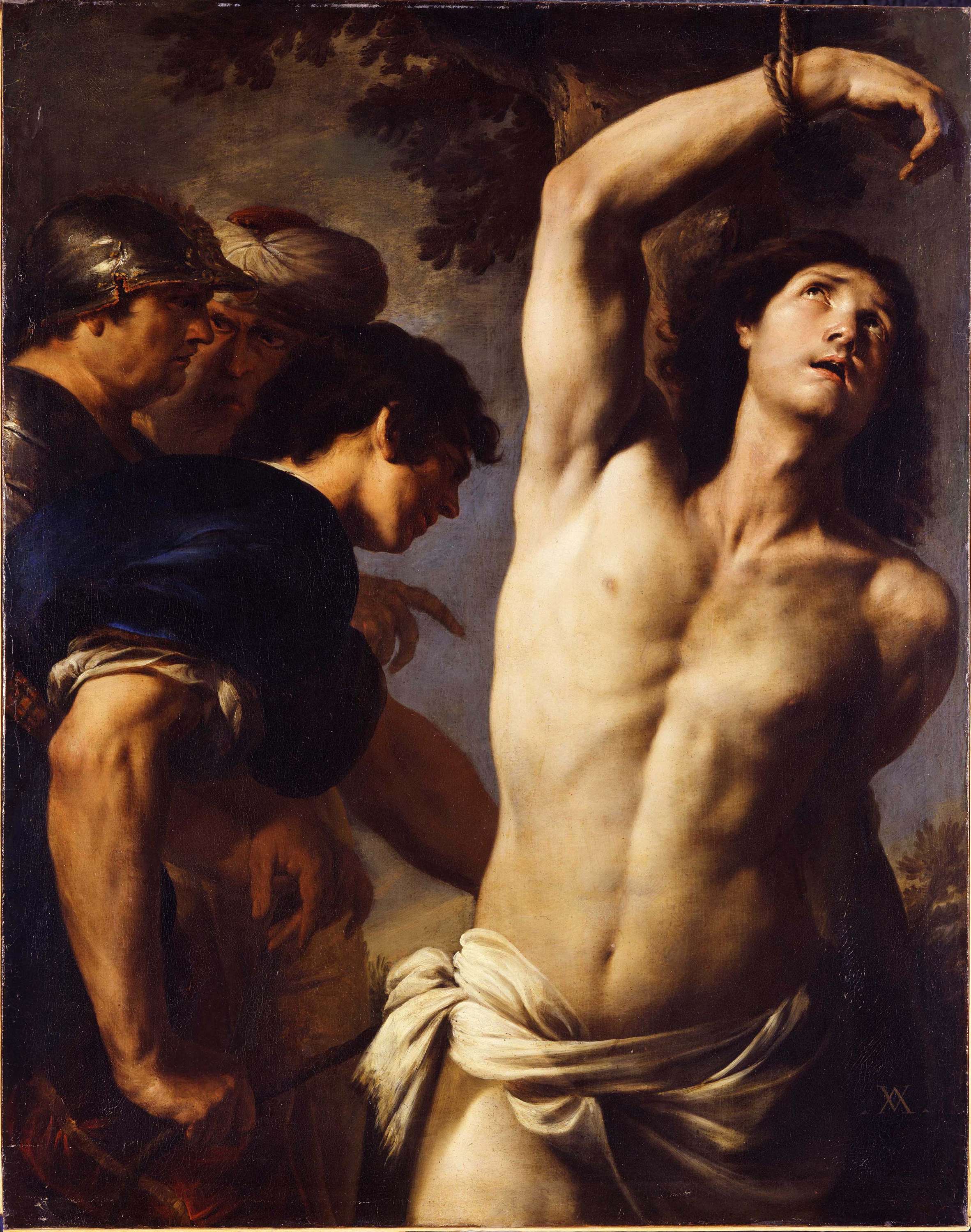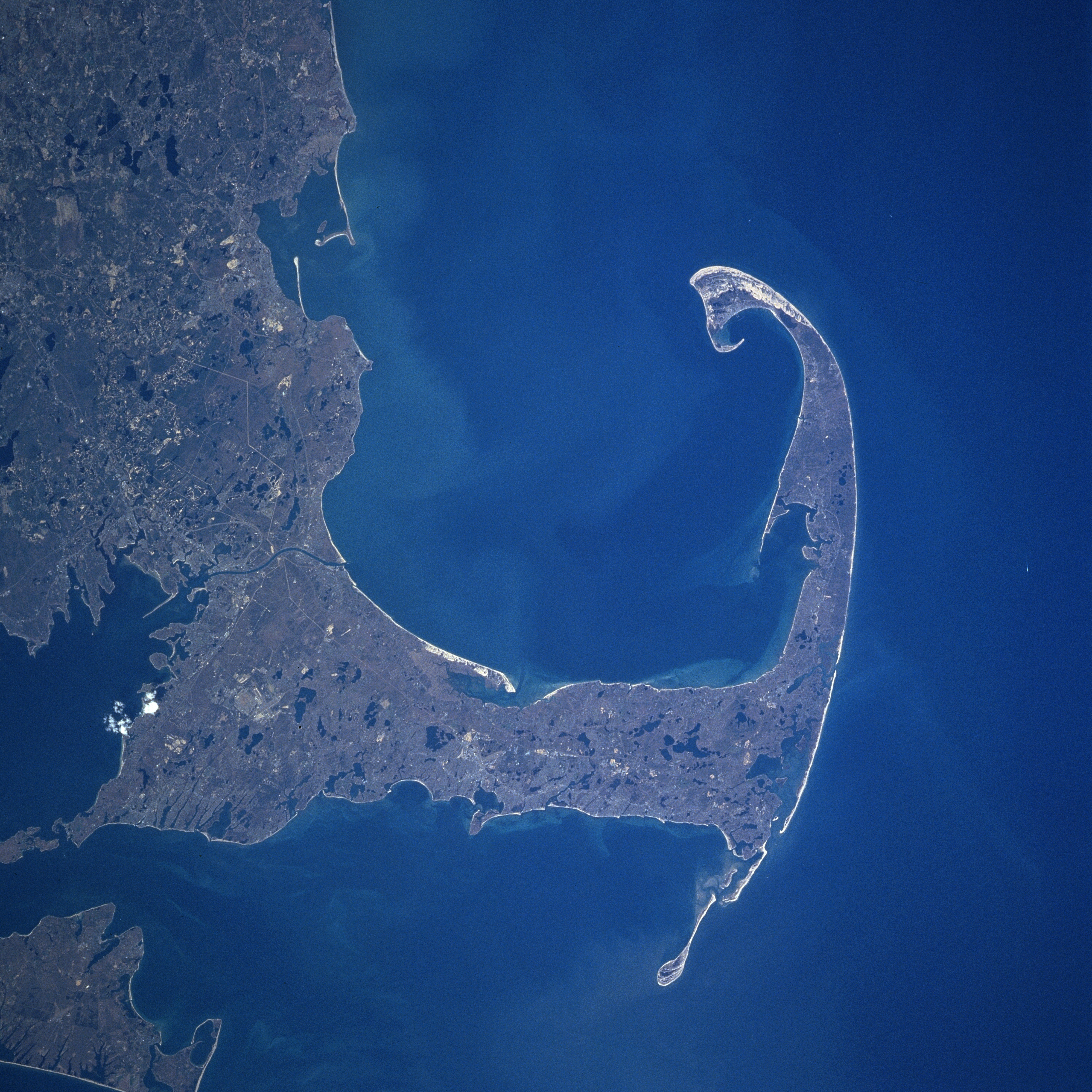|
Diana De Rosa
Diana de Rosa (1602–1643), also known as Annella de Rosa, Annella di Massimo, Anniella di Rosa, or Aniella di Beltrano, was a seventeenth-century Neapolitan painter. Early life Diana was born in Naples in 1602 to Caterina de Mauro and the painter Tommaso de Rosa. Tommaso died in 1610 and Caterina remarried in 1612 to another painter, Filippo Vitale. Some sources claim that Diana first learned to draw from her uncle, Pacecco, while others argue that Pacecco was actually Diana's brother, and both siblings learned to draw under the instruction of their stepfather, Filippo Vitale. When Diana displayed artistic promise, she joined the workshop of Cavalier Massimo Stanzione. In 1626, Diana married Agostino Beltrano who also trained with Stanzione. Under the instruction of Stanzione, Diana painted many works. According to the biographer Bernardo de Dominici, who wrote an account of Diana's life, she would paint the commissioned work according to Stanzione's preliminary drawings t ... [...More Info...] [...Related Items...] OR: [Wikipedia] [Google] [Baidu] [Amazon] |
Aniella Di Beltrano
Aniella di Beltrano (1613–1649), also known as Diana de Rosa or Anniella di Rosa, was an Italian woman painter of the Baroque period, active in Naples. She trained with Massimo Stanzione, who was a fellow pupil with her husband, Agostino Beltrano Agostino Beltrano (between 1614 and 1618 – 1665) was an Italian painter active in the Baroque period in his native city of Naples. He was a pupil of Massimo Stanzione, the uncle of his wife, and is known to have been active in 1646. He is said ... (also called Agostiniello) (1616–1665). It is said that her husband stabbed her to death in a fit of jealousy. Her recognized output of paintings is minimal. Attributed to her by Grossi were the ceiling paintings (since removed) of the ''Birth'' and ''Death of the Virgin'' for the church of Pietà dei Turchini; the portrait of ''San Biago'' in the church of the Sanità. [...More Info...] [...Related Items...] OR: [Wikipedia] [Google] [Baidu] [Amazon] |
Pacecco De Rosa
Pacecco De Rosa (byname of Giovanni Francesco De Rosa; 17 December 1607 - 1656) was an Italian painter, active in Naples. Biography He was a contemporary of Massimo Stanzione or, according to others, a pupil of him. De Rosa was influenced by his father-in-law, Filippo Vitale, also a painter: this is shown in his earlier works, such as a ''Deposition'' now in the Museum of the Certosa di San Martino. Also in the Certosa is a ''St. Nicholas of Bari and Basilius'' (1636), showing influences of both Stanzione and Domenichino, who was in Naples from 1631. Attributed to De Rosa is a series portraying the ''Madonna with Child'' (one in Museum of the Certosa di San Martino; one in the church of Santa Marta, Naples; and one in the National Gallery of Prague). Of the 1640s is a painting, in collaboration with Vitale, of the ''Madonna with St. Charles Borromeo'' in the church of San Domenico Maggiore. His other works include an ''Annunciation'' in San Gregorio Armeno, ''St. Thomas of Aquino ... [...More Info...] [...Related Items...] OR: [Wikipedia] [Google] [Baidu] [Amazon] |
Massimo Stanzione
Massimo Stanzione (also called Stanzioni; Frattamaggiore 1585 – Naples 1656) was an Italian Baroque painter, mainly active in Naples, where he and his rival Jusepe de Ribera dominated the painting scene for several decades. He was primarily a painter of altarpieces, working in both oils and fresco (these usually for ceilings). His main subject matter was biblical scenes. He also painted portraits and mythological subjects. He had many pupils and followers as his rich color and idealized naturalism had a large influence on other local artists, such as Francesco Solimena.Thomas Willette, ''Stanzione (Stanzioni), Massimo, Cavaliere, (b ?Orta di Atella, nr Caserta, ?1585; d ?Naples, ?1656)'' Oxford Art Online, published online: 200 ... [...More Info...] [...Related Items...] OR: [Wikipedia] [Google] [Baidu] [Amazon] |
Agostino Beltrano
Agostino Beltrano (between 1614 and 1618 – 1665) was an Italian painter active in the Baroque period in his native city of Naples. He was a pupil of Massimo Stanzione, the uncle of his wife, and is known to have been active in 1646. He is said to have murdered his 36-year-old wife and painter, Aniella di Beltrano (also known as Aniella di Rosa), in a fit of jealousy. He died in Naples. Life and work He was born in Naples between 1614 and 1618. The few details we have of his life derived largely from De Dominici, who says he was a student of M. Stanzione. Beltrano married a painter, also a pupil of the Stanzione, Anna (Annella, Diana, Dianella) de Rosa, nephew of Pacecco de Rosa; their sons Nicola Tomaso and Agnese Chiara were baptized in the parish of S. Maria della Carità respectively on 21 December 1638 and on 19 July 1640. According to De Dominici, Beltrano, provoked by false allegations of a servant on the love affairs between his wife and the Stanzione, would have ki ... [...More Info...] [...Related Items...] OR: [Wikipedia] [Google] [Baidu] [Amazon] |
Bernardo De' Dominici
Bernardo De Dominici or Bernardo de Dominici or Bernardo de' Dominici (1683–1759) was an Italian art historian and minor landscape and genre painter, active mainly in his native Naples. He is now best known as the author of the ''Vite dei pittori, scultori ed architetti napoletani'', a three-volume collection of biographies of Neapolitan artists, for which he is sometimes called the Giorgio Vasari, Vasari of Naples.Ferdinando Bologna, "De Dominici, Bernardo," In ''Dizionario Biografico degli Italiani,'' 33 (1987); https://www.treccani.it/enciclopedia/bernardo-de-dominici/; accessed 22 December 2023. Life Bernardo De Dominici was born in Naples on 13 December 1683 to Camilla Tartaglione and the Maltese painter, musician and collector Raimondo de' Dominici (1645-1705). He was the younger brother of the actor, musician, and composer Giampaolo De Dominici (1680-1758), and nephew of Maria de Dominici, Suor Maria de Dominici, a Maltese artist. His father had been a pupil of Mattia Pre ... [...More Info...] [...Related Items...] OR: [Wikipedia] [Google] [Baidu] [Amazon] |
Pietà Dei Turchini
The Pietà (; meaning "pity", "compassion") is a subject in Christian art depicting the Blessed Virgin Mary cradling the mortal body of Jesus Christ after his Descent from the Cross. It is most often found in sculpture. The Pietà is a specific form of the Lamentation of Christ in which Jesus is mourned by the Virgin Mary alone. However, in practice works called a ''Pietà'' may include angels, the other figures usual in ''Lamentations'', and even donor portraits. An image consisting only of a dead Christ with angels is also called a Pietà, at least in German, where ''Engelpietà'' (literally "Angel Pietà") is the term for what is usually called ''Dead Christ supported by angels'' in English. Several namesake images have merited a Pontifical decree of coronation, including the Pieta of Saint Peter's Basilica in Rome, in the Marienthal Basilica in France, the Franciscan church in Leuven, Belgium, at the Kamp-Bornhofen, Germany, and Our Lady of Charity in Cartagena, Spa ... [...More Info...] [...Related Items...] OR: [Wikipedia] [Google] [Baidu] [Amazon] |
Naples
Naples ( ; ; ) is the Regions of Italy, regional capital of Campania and the third-largest city of Italy, after Rome and Milan, with a population of 908,082 within the city's administrative limits as of 2025, while its Metropolitan City of Naples, province-level municipality is the third most populous Metropolitan cities of Italy, metropolitan city in Italy with a population of 2,958,410 residents, and the List of urban areas in the European Union, eighth most populous in the European Union. Naples metropolitan area, Its metropolitan area stretches beyond the boundaries of the city wall for approximately . Naples also plays a key role in international diplomacy, since it is home to NATO's Allied Joint Force Command Naples and the Parliamentary Assembly of the Mediterranean. Founded by Greeks in the 1st millennium BC, first millennium BC, Naples is one of the oldest continuously inhabited urban areas in the world. In the eighth century BC, a colony known as Parthenope () was e ... [...More Info...] [...Related Items...] OR: [Wikipedia] [Google] [Baidu] [Amazon] |
Andrea Vaccaro
Andrea Vaccaro (baptised on 8 May 1604 – 18 January 1670) was an Italian painter of the Baroque period. Vaccaro was in his time one of the most successful painters in Naples, a city then under Spanish rule. Very successful and valued in his lifetime, Vaccaro and his workshop produced many religious works for local patrons as well as for export to Spanish religious orders and noble patrons. He was initially influenced by Caravaggio, in particular in his chiaroscuro and the naturalistic rendering of his figures.Riccardo Lattuada. "Vaccaro, Andrea." Grove Art Online. Oxford Art Online. Oxford University Press. Web. 31 May 2016 Life Very little is known for certain about Andrea Vaccaro's early life. Andrea Vaccaro was born in Naples as the son of Pietro Baccaro and Gioanna di Glauso. His father practiced a legal profession. Vaccaro first applied himself to the study of literature. He then turned to art. Where it was earlier believed that he apprenticed with the late-Mannerism, Ma ... [...More Info...] [...Related Items...] OR: [Wikipedia] [Google] [Baidu] [Amazon] |
1602 Births
Events January–March * January 3 – Battle of Kinsale: The English defeat Irish rebels and their Spanish allies. (The battle happens on this date according to the Gregorian calendar used by the Irish and Spanish but on Thursday, 24 December, 1601 according to the old Julian calendar used by the English.) * February 2 (Candlemas night) – In London, the first known production of William Shakespeare's comedy ''Twelfth Night'' takes place. * March 20 – The Dutch East India Company, United East India Company is established by the United Provinces States General of the Netherlands, States-General in Amsterdam, with the stated intention of capturing the spice trade from the Portuguese. April–June * April 20 – The Danish–Icelandic Trade Monopoly is established. * May 25 (May 15 Old Style) – English explorer Bartholomew Gosnold, sailing in the ''Concord'', becomes the first European at Cape Cod. * June 2 – Dutch explorer Joris van Spilbergen lands on the eastern s ... [...More Info...] [...Related Items...] OR: [Wikipedia] [Google] [Baidu] [Amazon] |
1643 Deaths
Events January–March * January 21 – Abel Tasman sights the island of Tonga. * February 6 **(17 Dhu al-Qadah 1052 Islamic calendar, AH) In India, the first ceremony at the nearly-complete Taj Mahal in Agra, the Mughal Emperor Shah Jahan observes the 12th anniversary of the death of his wife, Mumtaz Mahal, and opens the structure to thousands of mourners. **Abel Tasman sights the Fiji Islands. * March 13 – First English Civil War: First Battle of Middlewich – Roundheads (Long Parliament, Parliamentarians) rout the Cavaliers (Royalist supporters of Charles I of England, King Charles I) at Middlewich in Cheshire. * March 18 – Irish Confederate Wars: Battle of New Ross (1643), Battle of New Ross – English troops defeat those of Confederate Ireland. April–June * April 1 – Åmål, Sweden, is granted its city charter. * April 28 – Francisco de Lucena, former Portuguese Secretary of State, is beheaded after being convicted ... [...More Info...] [...Related Items...] OR: [Wikipedia] [Google] [Baidu] [Amazon] |
17th-century Neapolitan People
The 17th century lasted from January 1, 1601 (represented by the Roman numerals MDCI), to December 31, 1700 (MDCC). It falls into the early modern period of Europe and in that continent (whose impact on the world was increasing) was characterized by the Baroque cultural movement, the latter part of the Spanish Golden Age, the Dutch Golden Age, the French ''Grand Siècle'' dominated by Louis XIV, the Scientific Revolution, the world's first public company and megacorporation known as the Dutch East India Company, and according to some historians, the General Crisis. From the mid-17th century, European politics were increasingly dominated by the Kingdom of France of Louis XIV, where royal power was solidified domestically in the civil war of the Fronde. The semi-feudal territorial French nobility was weakened and subjugated to the power of an absolute monarchy through the reinvention of the Palace of Versailles from a hunting lodge to a gilded prison, in which a greatly expanded r ... [...More Info...] [...Related Items...] OR: [Wikipedia] [Google] [Baidu] [Amazon] |






